Each state protects its borders from illegal entry of goods by developing and applying appropriate laws. Customs transit is a customs process that allows import freight flows to legally go beyond the borders of other states, but, of course, under appropriate supervision, and proceed further to the point of unloading of the transported goods.
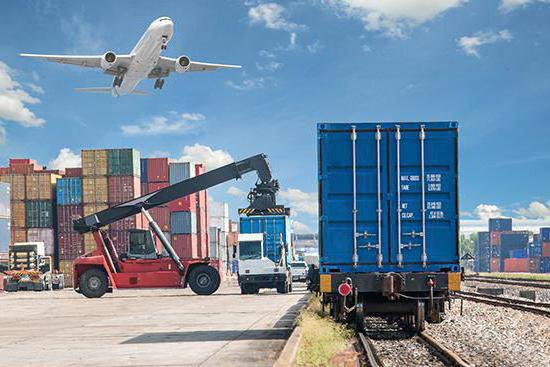
In some cases, when transporting certain materials, it is permissible not to pay statutory taxes and state duties. However, it all depends on individual situations. We are talking about goods from foreign powers, as well as from countries of the customs union, which must be moved from one point to the end across the borders of foreign countries.
We understand in detail
Customs transit is a procedure of the customs service, when transshipment freight traffic is not divided into the one inside the country and the one between the countries. General requirements, a unified cargo declaration algorithm have been developed. Transit declaration is one of the varieties of the customs declaration. This refers to those official papers that necessarily accompany the imported cargo of transit, transport, commercial nature, as well as official contracts among the powers.
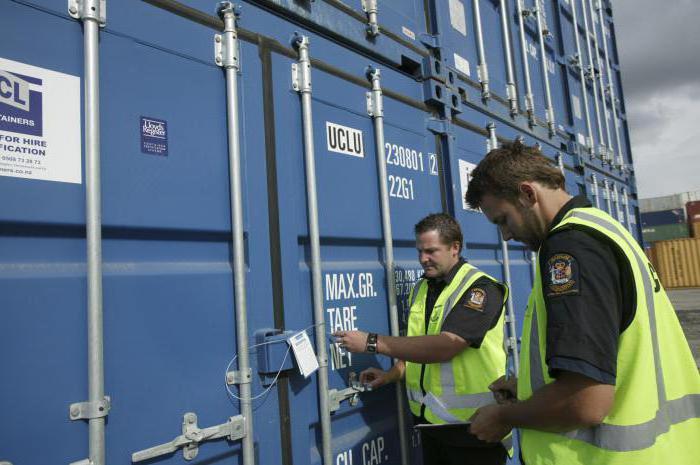
In TC TC everything is painted for each item: for transshipment, its conditions, temporary obligations, freedoms and restrictions of those who send and transport special cargo, customs escort rules. Special moments are stipulated, for example, in case of accidents, obligations arising from the payment of customs duties and so on. Everything is described in chapter 32 of the Customs Union Customs Code "Customs procedure of customs transit".
What are we entitled to?
Further, as the special cargo arrived and passed all the mandatory customs measures, it, of course, will go through the customs procedure of customs transit - for the whole time while the cargo travels to the final destination. Luggage for such a special procedure requires some rules. Let's call them:
- An option when the cargo is endowed with all the required official evidence of compliance with the restrictions on the transshipment of special cargo through customs. Of course, when they are generally applicable in a specific embodiment.
- The placement of goods under the customs procedure of customs transit is permissible when the special cargo is not prohibited within the borders of a foreign state.
- When the goods require control by the border service or any similar official supervision, they have passed this stage of verification.
- There is an official transit declaration paper.
- All requirements for the transported cargo are applied: the corresponding taxes on the import of foreign baggage have been paid, duty, the way of the special cargo on the land of an external power has been determined, the cargo flow has been identified, there is customs escort, the machine transporting the foreign cargo, equipped with appropriate seals and seals.
The declaration for the goods placed under the customs procedure of customs transit is submitted as an electronic version. However, you can do without it at all if it is transported by cars, by train, having previously notified everything to the customs service.
When you don't have to pay anything
In special cases, imported foreign product does not entail payment of customs duties and taxes.
The customs transit procedure determines the following situations when:
- foreign freight traffic is transported by trains, using pipelines or high voltage power lines;
- there are interstate agreements;
- special cargo is transported under customs escort;
- various circumstances based on contracts between powers.
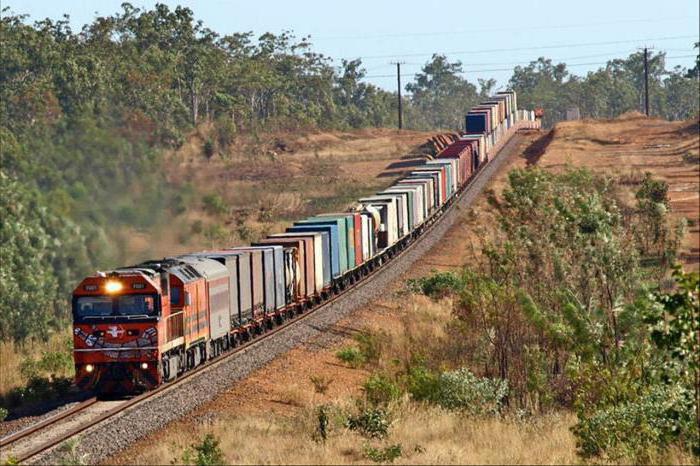
The rigor of customs transshipment stems from other measures related to various concerns. Freight traffic roads are designated by the sending customs authority, indicating this in official papers. To choose a similar route for cargo flows - only the sending customs authority, or, possibly, some other official authority meeting along the road of transit freight flows, has this right.
Equip all the rules
The customs procedure of customs transit clarifies the main actions of the contractor for transshipment, namely: to equip, in accordance with all the rules, a vehicle for transshipment of imported special cargo. Of course, the seals and seals used in cargo clearance must be present without fail. But this is only a small part of the compulsory program. Below is a list of actions that still have to be done:
- fillings are either a complex option or a simple one, relative to the degree of risk;
- for example, sealed special cargo cannot be removed or placed inside the luggage compartment of the truck without violating the integrity of the protective seal;
- in the trailer body there should not be any other places through which it is theoretically possible to place the special cargo outside the cargo compartment that is protected by seals;
- the places where the goods and goods are transported are well accessible for inspection by the customs service.
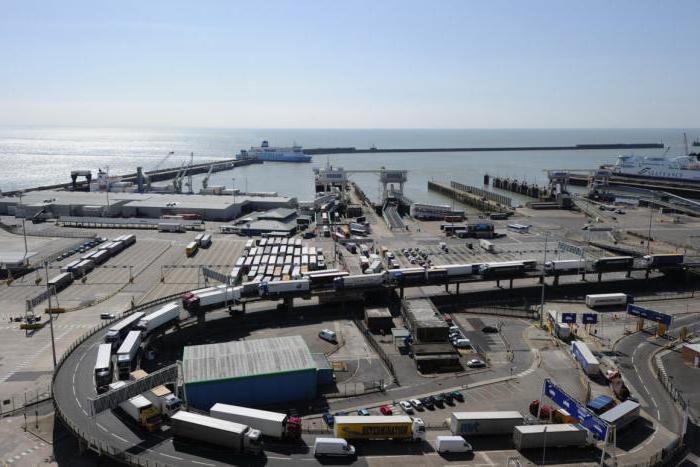
The wagon itself, by its design features and equipment, is simply obliged to meet the requirements of international agreements. Before using this machine for transshipment of cargo on the land of other powers, you must obtain a document that it meets the requirements. This is an official permission to use specific wagons for traveling from one power to another.
Finish at the appointed time
Cargo flows arrive at customs control points all the time: night and day. The completion of customs transit begins with the obligation of the person who is transporting, to provide for detailed familiarization with the transported special cargoes, submit a declaration, show the entire package of the rest of the documentation. And all of the above actions must be done within an hour from the moment of arrival. When baggage is transported by rail, the time allotted for familiarization with the entire documentation package is increased to 12 hours.
It so happens that all the accompanying papers are stored inside the cargo compartment of the truck. In this state of affairs, this cargo compartment is opened and documentation is extracted.
Having received all the documentation, the customs officer in two hours registers the special cargo and gives to the person who is transporting it, documentary evidence that the truck passed the appropriate supervision at the appropriate hour, day, month and year. All data will be recorded in the journal and marked with a registration number.
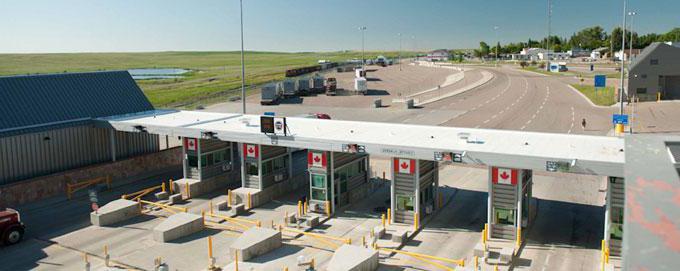
For example, if there are no questions regarding the transshipment of this special cargo, as well as the execution of accompanying papers, then customs officers must complete the customs transit procedure within the next day from the date of registration. The transit transshipment of import freight traffic is considered completed when the freight traffic has left the borders of the state.
When other trucks are involved
The declaration of international customs transshipment is issued on one machine. These are the requirements of the rules of international customs transit. Sometimes a situation develops in such a way that it is imperative to transfer a special cargo to two cars or even several trucks, so that they continue through a foreign state to the point of arrival. With this option, a transit declaration is issued for each truck individually. Paper is issued to the one who is carrying the goods, perhaps the forwarder.
It is possible to reload special cargo from one truck to another with the consent of the customs. However, in those situations where the corresponding seals and seals are not violated, it is permissible to limit oneself only to notification.
Take out and not be late
Customs transit term is determined by customs. The one who delivers the special cargo should not be late and joke with the deadlines. But the path is not short, everything can happen on the road, customs must take this into account. Key landmarks:
- These are the legislative requirements for sleep and wakefulness of the driver, based on the law on labor protection;
- mileage and roads;
- type and reliability of machines that carry out transshipment traffic.
Of course, there are many interesting nuances in life. For example, a lot of transit transport accumulates at some point of customs control on some days, so it’s better to choose convenient days for transportation. And when the truck broke down on the road, an accident happened, the customs officers increase the time for transshipment of the special cargo.
There is such a thing as the recommended terms for the transportation of goods. However, the customs is looking at the real situation and is trying to minimize the travel time in order to avoid idle trucks and to avoid the possible theft of special cargo.
Verification does not hurt
In the age of electronic capabilities, the entire workflow passes through special media. Therefore, control of customs transit has become possible with the help of computer technology. Virtual systems allow you to quickly and accurately control the transshipment of foreign cargo through the lands of a foreign power.
Having a single database, customs officers make requests for registration of arrived cargo from another country, submit this information themselves, check the arrival information with the data contained in the transport declaration. If necessary, supplement the information with new information. Using a single information resource, you can also receive confirmation of a document on the repayment of duties and taxes, find out if these payments are in sufficient amount.
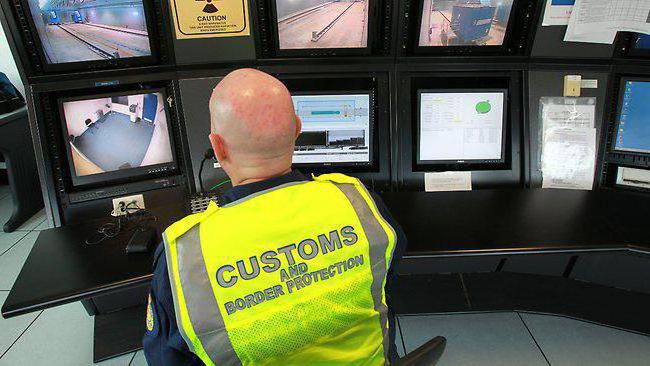
A large-scale operation is underway to refine and update the database with other countries, preferably with our economic allies, which will greatly facilitate the task of monitoring foreign freight flows.
Transportation within the territory of one power
Many foreign companies have their own special warehouses within the borders of the Russian Federation for transshipment of freight traffic. Sometimes luggage transfer from point A to point B is required before he leaves the land of the Russian Federation. In the indicated version, we are talking about internal customs transit. This is such an official event, which implies the transshipment of special cargo in foreign territory without paying duties and taxes, which is reflected in the legislation of the Russian Federation. The internal transshipment is organized by the carrier or customs carrier itself.
This customs procedure does not apply to goods transported by air. If an emergency landing was made in Russia or it was a planned landing, but without unloading part of the goods. The transportation of goods through pipelines and power lines is not related to this type of customs procedure.
What is the carrier obliged to
It doesn’t matter whether an international luggage carrier is a declarant or not, the customs transit of goods requires common duties from him:
- to deliver luggage to where it is expected in the agreed period of time by a certain route, if such is agreed in advance;
- have all official papers with you;
- keep safe the goods, documents, seals and stamps.
Without the consent of customs, the carrier has no chance to replace the truck, to carry out any manipulations with baggage related to those that fall under the requirements of transshipment of foreign special cargoes. The carrier must ensure the safety of transportation, based on the rules of the road, to prevent accidents and vehicle breakdowns through his own fault.
Documented
Properly executed documents are of great importance, especially when transported through foreign powers. And suppose, if we talk about the transfer of luggage through the customs of the Russian Federation, all documents of customs transit will certainly be presented to employees for familiarization. The main official papers:
- bill of lading;
- invoice
- sender and receiver;
- number of an official document (contract, contract);
- delivery features;
- weight and cost;
- TNVED code.
In addition, they are entitled to request other official papers confirming the certificate of origin of goods, the conclusion of the sanitary service, certificate of state registration, and a veterinary certificate. And the transit documents may be transport documents, commercial or customs.
When it comes to transshipment of cargo from the borders of Russia to the premises for temporary storage of luggage within the borders of our country, it is permissible to provide papers on internal customs transit as a customs declaration.
Actual topic
Summing up, it is necessary to emphasize that customs transit is the good will of the state, which gives the right to move foreign cargo flows through its lands, but under the watchful eye of customs. In other cases, you don’t even have to pay government fees in the form of taxes and duties.
You will have to comply with everything that is required for transshipment of imported special cargoes under the customs procedure of customs transit. First of all, goods must be legal to be transported across the borders of a separate power, and not be prohibited due to existing sanctions or non-compliance with sanitary and epidemiological requirements or for other reasons. In particular, it is forbidden to even transport psychotropic and narcotic drugs in transit.
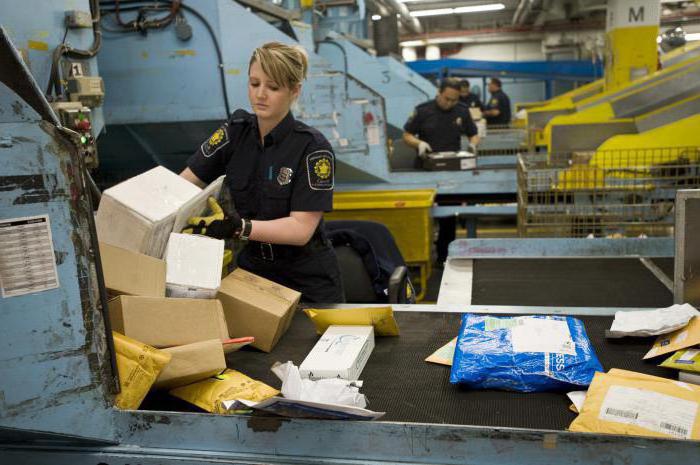
Customs determines the movement of foreign freight traffic, decides whether customs escort is necessary if there are any risks. Changing roads is possible only after written confirmation from the customs.
According to the terms, the transshipment of freight traffic must clearly correspond to the originally adopted time period, and nothing can be violated, otherwise this will result in penalties. The carrier, in turn, agrees to deliver the goods in the specified time period. But suppose unforeseen situations occurred, the cargo was lost due to an accident, flood, fire, then the carrier and the accompanying person are exempted from having to pay a duty and tax. If the carrier sees a real threat to the luggage, he has the right to do it himself, as he sees fit: to distribute, for example, the entire cargo across different trucks. But these decisions must be agreed with the customs. And if she gives the go-ahead and with the song, through the expanses of a foreign power.